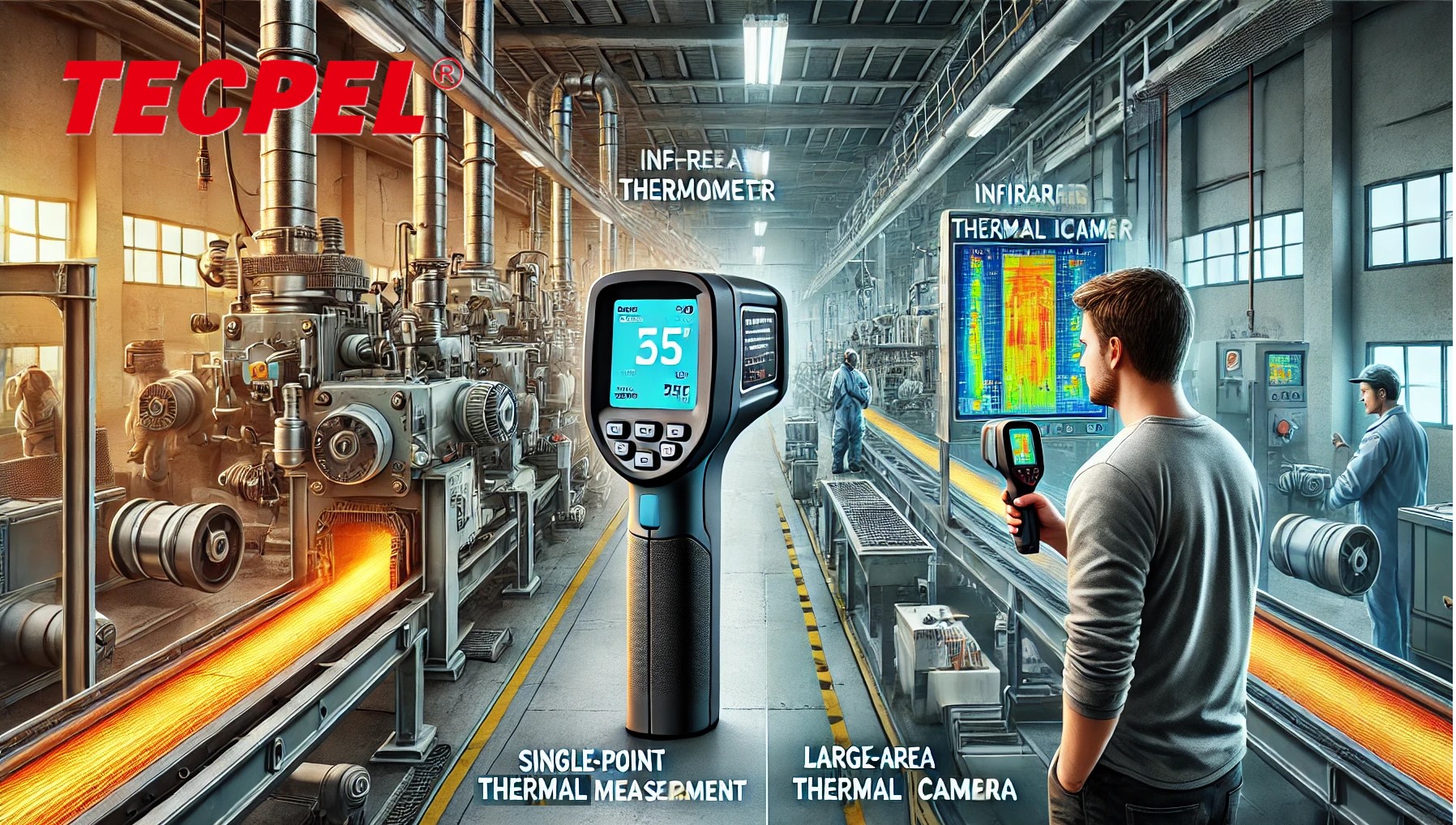Guide to Infrared Thermometers & Thermal Cameras
Infrared thermometers and thermal cameras are vital tools across industries, research, and safety. They measure surface temperatures based on infrared radiation emitted by objects — all without physical contact. This makes them ideal in hazardous environments, moving objects, or vacuum conditions.
🔹 Working Principle of Infrared Thermometers
The core principle involves a sensor that detects infrared energy emitted from an object's surface. This energy is converted into electrical signals and then processed into a temperature reading displayed on screen.
- Infrared Capture: Precision optics collect and focus infrared radiation.
- Signal Conversion: The sensor converts radiation into electronic signals.
- Temperature Calculation: Internal algorithms translate the signal into a readable temperature.
🔹 Application Scenarios
- Industrial Equipment Monitoring: Measure machinery temperature during operation to prevent overheating.
- Food Safety: Monitor temperatures in freezing, heating, and storage processes.
- Electronics Engineering: Detect hotspots on circuit boards to prevent thermal damage.
- Environmental Monitoring: Ideal for high-temperature or vacuum environments.
🔹 Infrared Thermometer vs. Thermal Camera
| Feature | Infrared Thermometer | Thermal Camera |
|---|---|---|
| Measurement Range | Single point or small area | Wide-area scan |
| Display Type | Numeric display | Thermal image |
